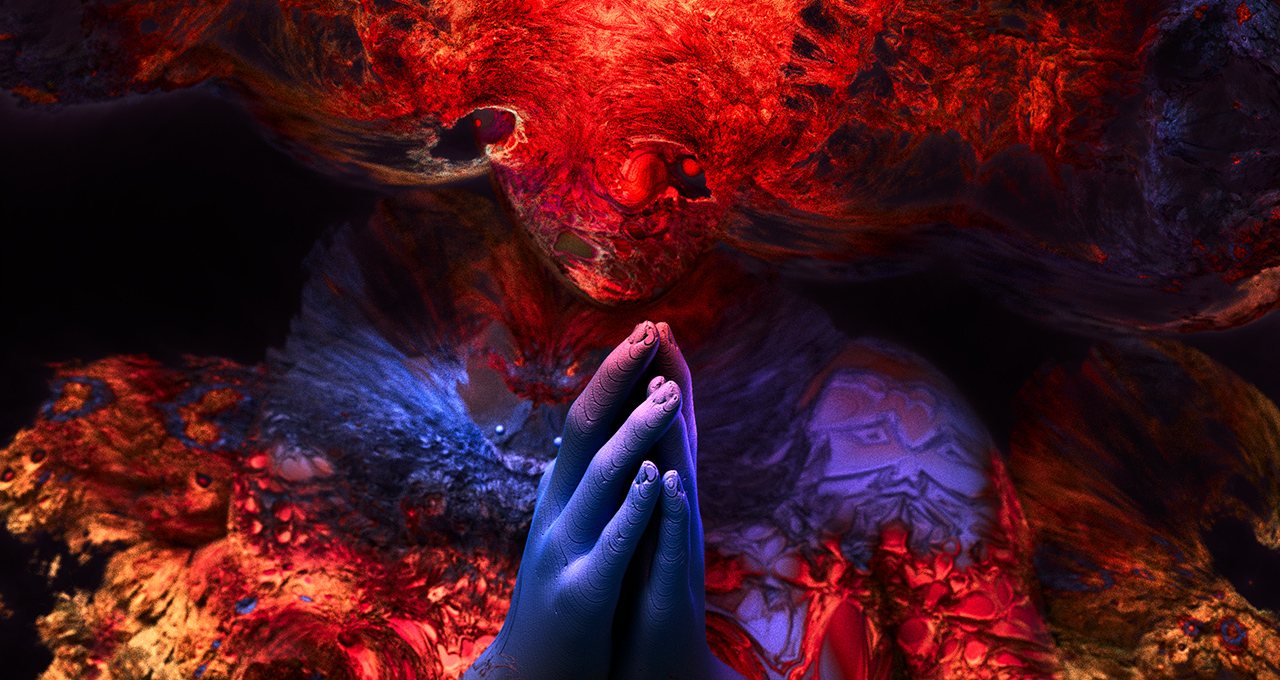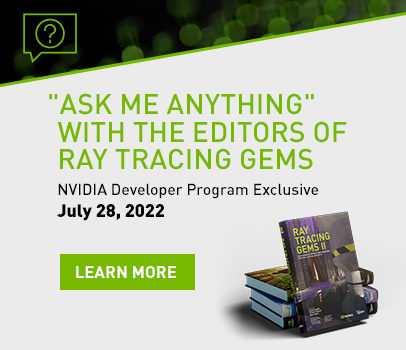Editor’s note: This post is part of our weekly In the NVIDIA Studio series, which celebrates featured artists, offers creative tips and tricks, and demonstrates how NVIDIA Studio technology accelerates creative workflows.
Putting art, mathematics and computers together in the mid-1980s created a new genre of digital media: fractal art.
In the NVIDIA Studio this week, computer graphics (CG) artist, educator and curator Xueguo Yang shares his insights behind fractal art — which uses algorithms to artistically represent calculations derived from geometric objects as digital images and animations.
The internationally renowned artist showcases his extraordinary fractal art series, Into the Void, and his process for creating it. Yang’s artistic collaborations include major publishing organizations and global entertainment companies, and his artwork has been selected for international A-class CG galleries and competition shortlists.
A Fractal Art Masterclass, Courtesy of NVIDIA Studio
Yang started each Into the Void piece in Daz Studio or Autodesk 3ds Max, generating a very basic 3D shape and carefully extracting its dimensions. He then used one of his preferred fractal art applications, including Chaotica, Mandelbulb3D or, more recently, JWildfire.
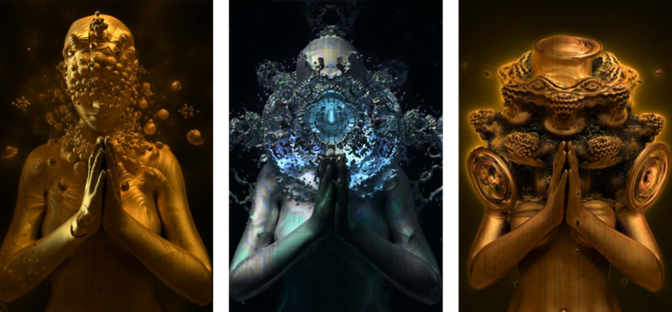
Traditionally, these 3D-heavy apps operated exclusively on CPU architecture, with limited speed and excruciating slowdowns. Newer technology using NVIDIA GeForce RTX GPUs and the OpenCL programming framework dramatically accelerates the creative process so now, complex fractal geometry can be generated, previewed and modified in seconds — a boon for Yang’s efficiency.
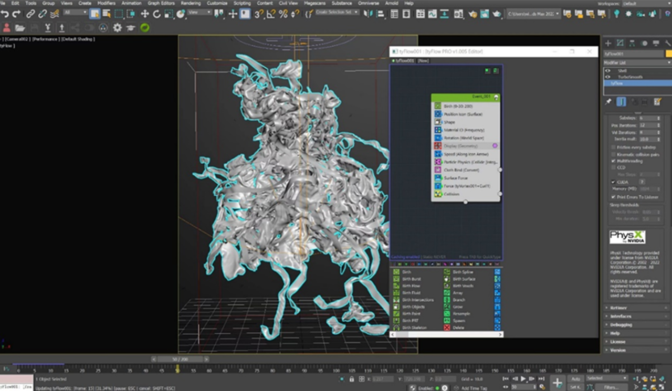
Yang then started to build mathematical formulas to create the fractal art pieces. The formulas, ever-changing samples expressed in 3D, required random trial-and-error combinations until Yang reached a satisfactory result.
Next, he added some stylish 2D effects before importing the raw files into NVIDIA Omniverse, a 3D design collaboration and world simulation platform.
By using Omniverse’s NVIDIA vMaterials library, which is derived from physical, real-world materials, Yang built cosmic voids with photorealistic details such as glass and metal pieces.
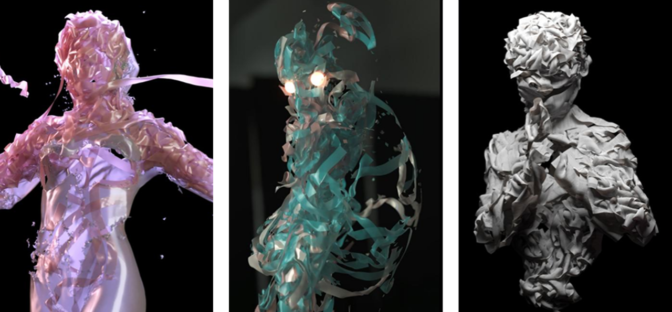
Yang further refined textures with the Adobe Substance 3D Painter Connector. He applied Smart Materials — a feature that automatically adjusts the scene to show realistic surface details — tweaking the piece until the perfect combination presented itself.
The Omniverse Create app allowed Yang to adjust lighting and shadows, all in original quality, for final compositing and rendering. His GeForce RTX 3080 Ti Laptop GPU powered the built-in RTX Renderer, unlocking hardware-accelerated ray tracing for fast and interactive 3D modeling.
Yang then turned to the NVIDIA Canvas app to quickly generate a variety of sky and space backgrounds. This process took mere minutes and was far more efficient than searching for backgrounds or even creating several from scratch.
In Photoshop, Yang applies the Canvas backgrounds and adjusted colors to his liking. Final exports were rapidly generated, and the Into the Void masterpiece was complete. By entering In the NVIDIA Studio, viewers can now enter the void.
Yang noted his entire creative workflow is accelerated by GPUs, with his ASUS ProArt Studio laptop serving as a necessity rather than a luxury.
“You can’t imagine how to deal without real-time ray tracing and AI acceleration of RTX GPUs,” Yang said.
Fractal Origins
For Yang, fractal artwork manifests the purest form of his introspective views on origins. “The world was originally empty,” he said. “Everything from basic particles to real matter came from the void. No one knows when, where and how things in the known world appear.”
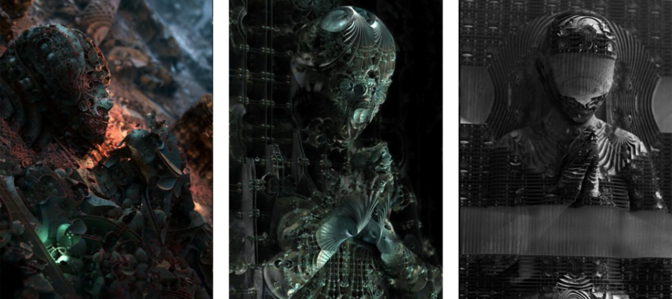
Yang hopes to give audiences a sense of déjà vu as his art deconstructs and reconstructs places, scenes, memories or any form of beauty that can often be taken for granted.
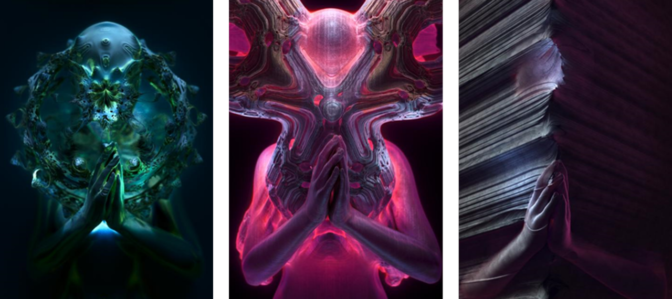
The series is a journey through time and space, tracing an origin in the void, he said.
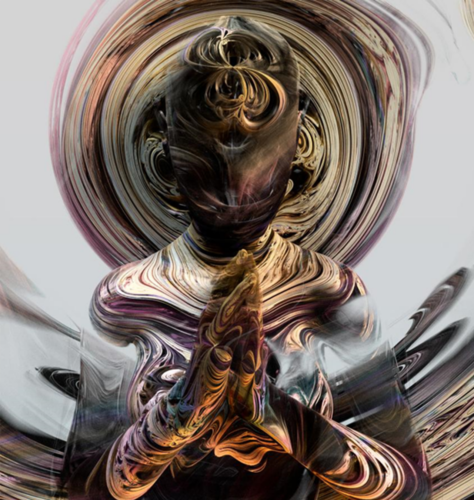
Yang intentionally adds human consciousness into the void when creating fantasy worlds.
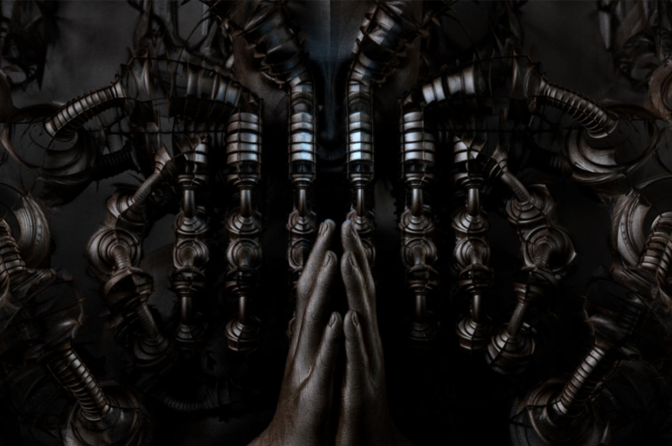
“Without physical media, all creation begins in the void,” Yang noted. “All the essence is just the electrons and energy shuttling in the machine and human consciousness.” Chinese culture calls this Tao, or seeking meanings in the unknown world, which is what Yang seeks to express.
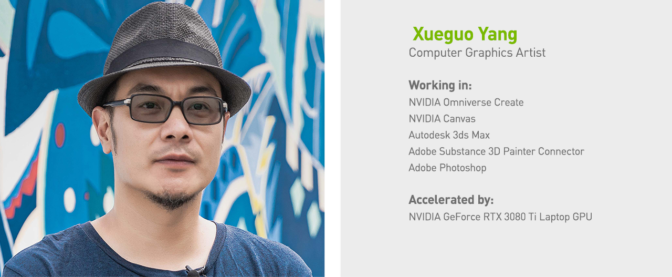
Check out more of Yang’s work.
Learn more about NVIDIA Omniverse, including tips, tricks and more on the Omniverse YouTube channel. For additional support, explore the Omniverse forums or join the Discord server to chat with the community. Check out the Omniverse Twitter, Instagram and Medium page to stay up to date.
Follow NVIDIA Studio on Instagram, Twitter and Facebook. Access tutorials on the Studio YouTube channel and get updates directly in your inbox by subscribing to the NVIDIA Studio newsletter.
